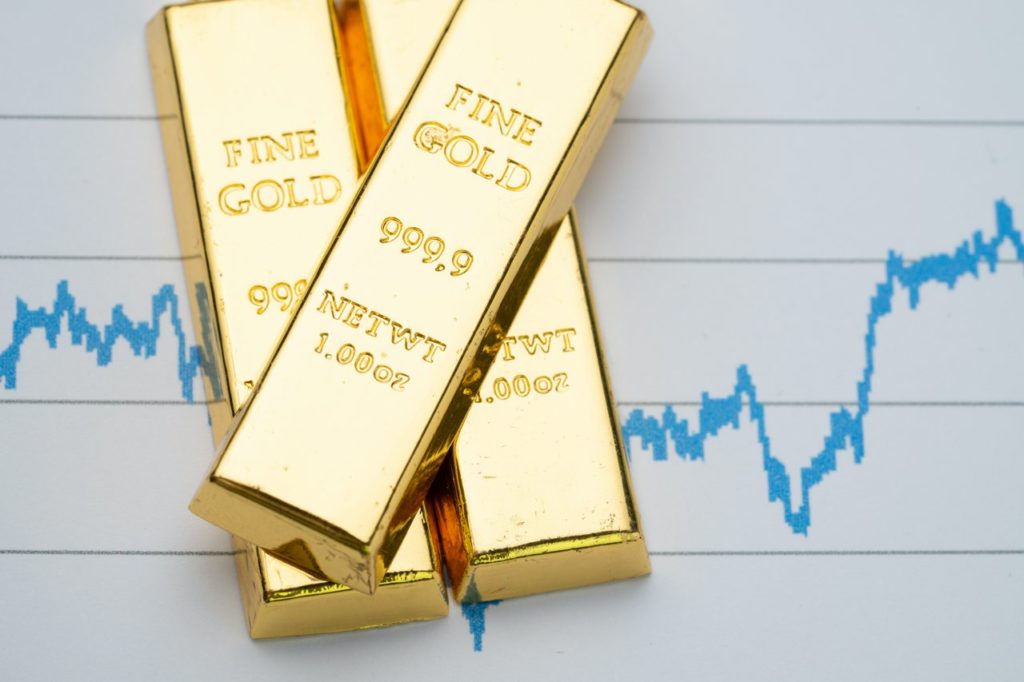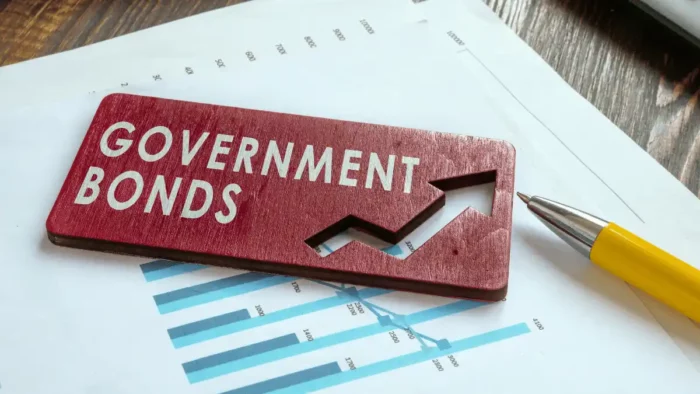Being an investor is, in more than one way, a risk. Even in seemingly favorable circumstances, returns are never guaranteed. An investment venture may really look great at one point, but then something just happens and it becomes unrecognizable. Of course, the average investor makes a lot of consideration, but is it ever enough? Here is the case for the precious metals market.
In recent times, many market experts have advanced a strong case for the precious metals market, but then many others have diminished the potential of this market too. But in arguing for or against the market, it is important to note that times have changed a great deal, and the definitions of either extreme in the market are no longer the ones we are used to. Interestingly, the precious metals market has become pretty much like the stock market, especially as far as stability is concerned. The market now dances dangerously between gloom and euphoric investment. In the case of the precious metals market, let has to examine the changes that have brought this market into focus.
Some changes in the precious metals market
First of all, the US dollar has for a long while been the most important currency in the world, acting as a standard currency as well as a reliable store of value. But the financial crisis that hit the world a few years back changed everything. Now, investors generally have a low opinion of the Dollar compared to a few years back. As a result, people are looking for alternative assets to invest in; alternative stores of value. One of the biggest beneficiaries of these fears over the dollar is the precious metals market. The general thinking is, if the dollar is not so reliable, then why not invest in gold or silver, whose values are a lot more stable? And since other currencies do not seem to behave any differently from the dollar, it is unlikely that this will change anytime soon.
Interest rates have been rising at unprecedented rates over the past few years especially, owing to the increased economic growth rates in some parts of the world. These increases, coupled with the dynamic economic structures of most countries today, have had a good effect on the precious metals market. Most importantly, increased interest rates mean that investors are relieved of the burden of differentials that had been there for a long while, affecting the market adversely. This relief translates to a higher yield on investment in the market.
The precious metals have, in the recent past, experienced notorious bullish predictions year in year out. Bullish predictions mean that the value of a given stock is expected to rise at a higher rate than a year than the average rate in the metal’s trading history. These bullish predictions are a huge attraction for investors, who rush to buy the stocks, expecting to sell off at a higher price.
Other precious metals like silver which has always seemed to play second fiddle to Gold have shown some signs of prowess too, acting as favorable alternatives. Interestingly, although the other metals may not be as valuable as Gold, stability may yet be an important attribute that makes investors choose them over Gold.
Conclusion
As an investor, much as we all like to rush to bull markets all the time, it is important to be cautious with euphoric trading. Euphoria is usually short-lived, and sometimes when investors clamor for a certain asset, it is not always a guarantee that the bullish predictions will prevail. If for instance, there have been bullish predictions for Gold for two consecutive years, the likelihood of euphoria is usually quite high. But beware not to just jump in without a clear investment strategy because this can be counterproductive.



